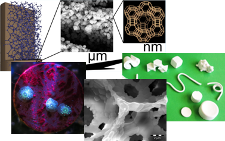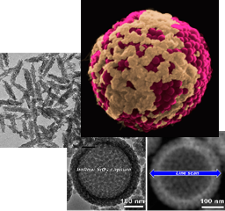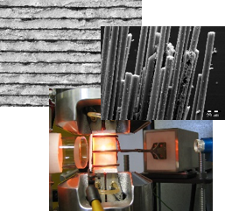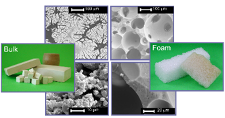Nanoparticle research has brought forth a multitude of exciting functional materials that can be tailored for specific applications. Combining several nanoparticles to sophisticated superstructures allows the design of multifunctional engineering materials with enhanced and synergistic properties that enable potential applications in drug delivery, encapsulation of active agents, photonics, chemical sensing, energy storage, gas adsorption or catalysis. Research on supraparticles is propelled by fundamental insights on self-assembly and the organization of matter at the mesoscale which relates to the interactions of nanoparticles, polymers, biological macromolecules and other colloids in diverse fluid media. In this context, we explore new strategies to combine nanoparticles and other colloids that feature specific functional properties into complex multifunctional supraparticles, such as colloidal capsules, patchy particles or nanoscale Janus particles. Furthermore, biomineralization processes serve as an important source of inspiration for our colloidal assembly strategies. In the process of synthesizing multifunctional particles, the properties of the nanoscale building blocks have to be closely scrutinized and adjusted, as well. Accordingly, research on colloidal assembly of multifunctional nanoparticles relies to a significant part on research on the nanoparticle building blocks themselves.
MORE






